Queens is filled with history and families can explore the borough’s past at several historic sites this fall and winter. Here are seven great house-museums where you can go back in time and learn about the borough a little better, while participating in fun hands-on activities and programs.
Lewis Latimer House Museum, 34-41 37th St., Flushing
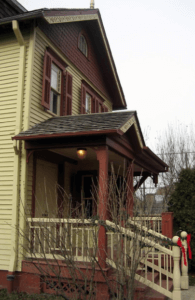
Visit the museum-house of African-American inventor Lewis Howard Latimer (1903-1928) and learn about his inspiring story through interpretive wall panels with photographs and text, reproductions of patents, drawings and poems, original artifacts, facsimiles, furniture and interactive installations. The museum-house also illuminates the life and achievements of other black scientists.
Louis Armstrong House Museum, 34-56 109th St., Flushing
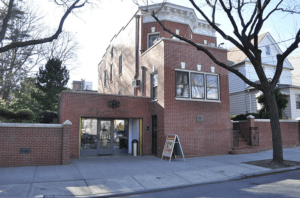
Louis Armstrong, the world’s most famous jazz musician, chose to live in the neighborhood of Corona from 1943 until his death in 1971. The house-museum sustains and promotes the cultural, historical and humanitarian legacy of Louis Armstrong with its collection of archival materials that documents the jazz musician’s life and legacy. Additionally, the museum presents public programs such as exhibits, concerts, lectures and film screenings, to educate and inspire people of all ages, origins and locations.
Kingsland Homestead (Queens Historical Society), 143-35, 37th Ave. Weeping Beech Park, Flushing
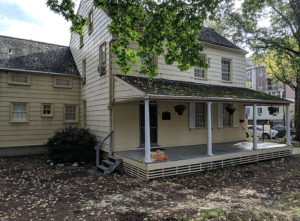
Learn about the history of Queens at QHS, the largest and most active historical society in the borough founded in 1968. The organization owns and maintains the Kingsland Homestead, a late 18th-century Long Island Half-House style structure that was the first New York City landmark in Queens County. It is located in the historic Weeping Beech Park in Flushing. QHS offers programs for children, adults and seniors. There are exhibitions and outreach programs including slide lectures, panel discussions, tours and concerts.
Fort Totten/Bayside Historical Society
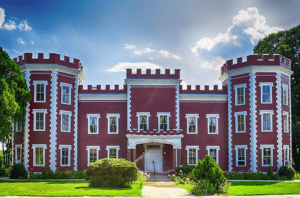
Since 1984, the Bayside Historical Society has been located at the Castle in Fort Totten Park. Built in 1887, the building was originally used the U.S. Army Corps of Engineers as their Officers’ Mess Hall and Club. The Gothic Revival-style Castle was placed on the State and National Registers of Historic Places in 1986. The BHS serves as a learning destination collecting and preserving information on the history of Bayside. It has become the home of events, educational programs, exhibits and archival collections.
Rufus King Manor, 150-03 Jamaica Ave., Southeast Queens
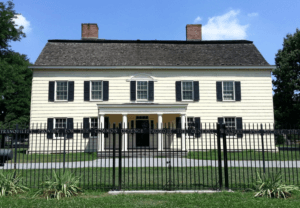
Adults and children can learn about the context of life in Jamaica and the U.S. in the early 19th Century at King Manor, located at 150-03 Jamaica Ave. The only historic house museum in southeast Queens, King Manor serves a largely minority and immigrant community engaging audiences through historic site tours, interactive exhibits, lectures, public programs and school/community outreach.
Queens County Farm Museum, 73-50 Little Neck Pkwy.
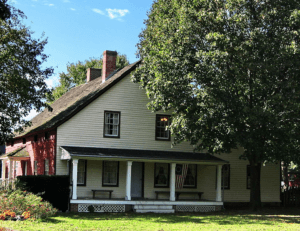
There’s plenty to do at the Queens County Farm Museum in Floral Park! The 47-acre parcel is the longest continuously farmed site in New York state. The green pasture includes historic farm buildings, a greenhouse complex, livestock, farm vehicles and implements, planting fields, an orchard, and an herb garden. Open seven days a week, year-round from 10 a.m. to 5 p.m., visitors can go for a stroll around the farm and go on a tour of the historic Adriance Farmhouse and seasonal hayrides.
Poppenhusen Institute, 114-04 14th Road, College Point
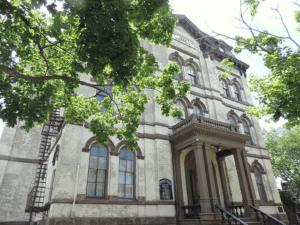
The victorian-style historic building in College Point housed the first free kindergarten in America. The institution provided the first free evening classes for adults and today operates as a community cultural center. It offers programs for children and adults that include: karate classes, group guitar and piano lessons, stress workshops, historic exhibits, school and summer tours, among other activities.



































